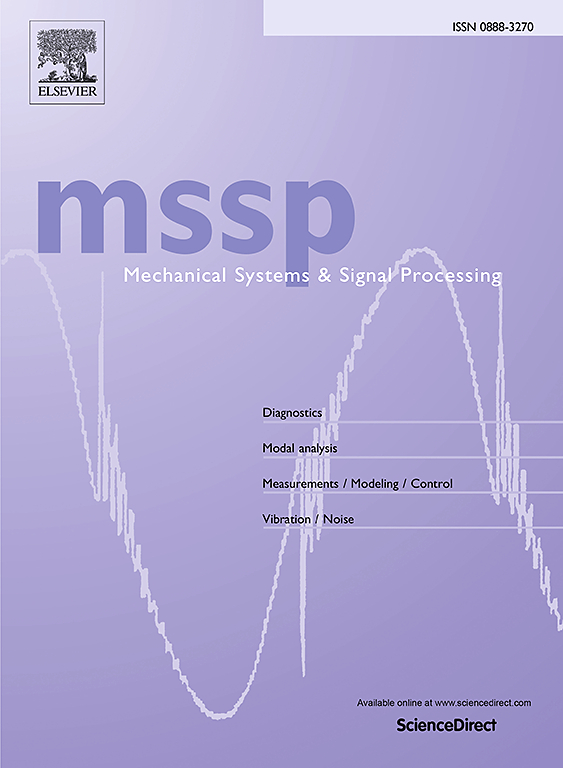Predicting mechanical properties of RX4E electric aircraft wing composite panels using deep learning
IF 7.9
1区 工程技术
Q1 ENGINEERING, MECHANICAL
引用次数: 0
Abstract
The building block verification system of the RX4E electric aircraft exhibits complexity and diversity in operational conditions at the foundational coupon level, accompanied by issues of experimental complexity and resource intensity. This paper investigates the effects of various environmental conditions (temperature, humidity) and layup methods through a series of experiments. On this basis, a feature-based multi-condition coupled mechanical performance prediction method (FMCPM) is proposed, which can extract spatiotemporal features from multi-condition data and establish the relationship between features and predicted outputs. In addition, features from room temperature data can be extracted and used to predict stress–strain curves under extreme conditions. Results indicate that compressive strength increases in cryogenic environments but decreases in high-temperature and high-temperature, humid conditions. Significant variations in mechanical properties are observed in various layup methods. The proposed model effectively predicts stress–strain curves under two coupling conditions and across three extreme environments and accurately estimates residual and failure loads. This research contributes to the foundation and methodology for real-time health assessment of future wing mechanical properties.

求助全文
约1分钟内获得全文
求助全文
来源期刊

Mechanical Systems and Signal Processing
工程技术-工程:机械
CiteScore
14.80
自引率
13.10%
发文量
1183
审稿时长
5.4 months
期刊介绍:
Journal Name: Mechanical Systems and Signal Processing (MSSP)
Interdisciplinary Focus:
Mechanical, Aerospace, and Civil Engineering
Purpose:Reporting scientific advancements of the highest quality
Arising from new techniques in sensing, instrumentation, signal processing, modelling, and control of dynamic systems
 求助内容:
求助内容: 应助结果提醒方式:
应助结果提醒方式:


